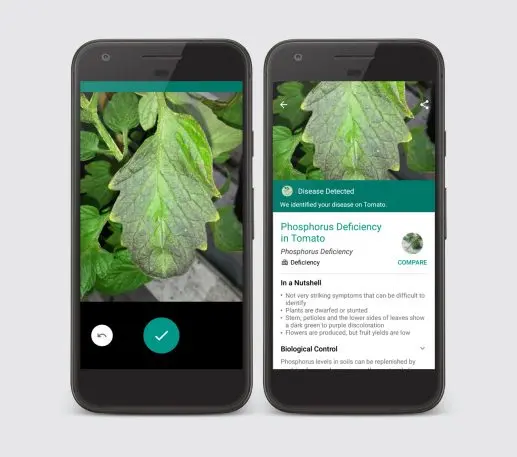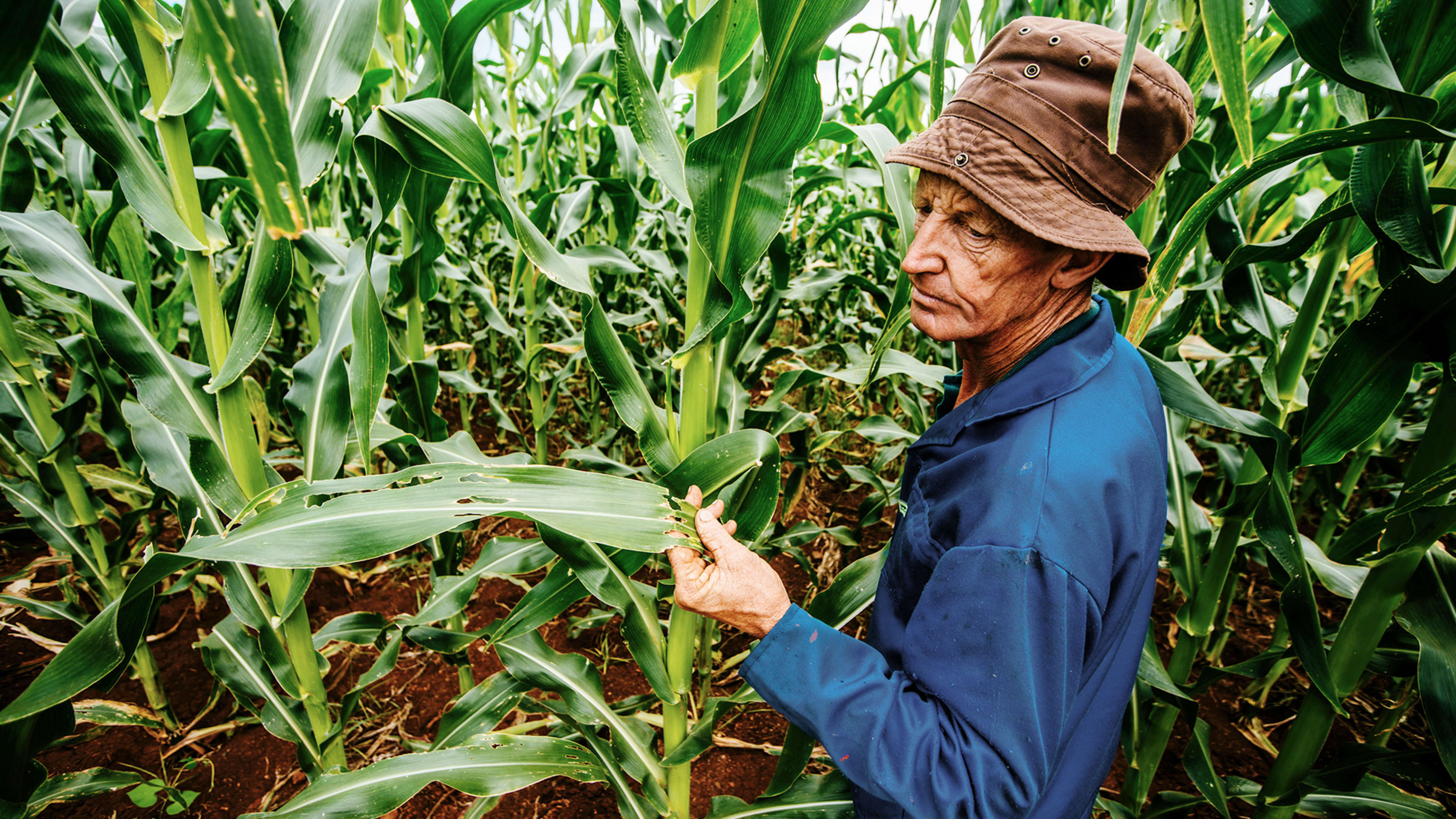The world’s 500 million smallholder farmers have a new weapon in their never-ending fight against pests and plant diseases: an app called Plantix. By uploading pictures of affected crops to the mobile service, they can quickly diagnose unwanted funguses and insects and get ideas about how to deal with infestations before they get out of control. Three years after launch, the app is being used more than 1 million times a month, particularly in India, Brazil, and North Africa.

The UN Food & Agricultural Organization says 20% to 40% of all global crops are lost each year because of plant pests and diseases that aren’t managed properly. Developed by a small team in Germany, Plantix offers guidance to farmers who don’t have the privilege of human consultants.
“There’s a huge gap between agricultural consultancy and people’s needs on the ground in emerging countries,” says Korbinian Hartberger, one of four cofounders of PEAT, the startup that develops the free-to-use app. “There’s a lot more demand than what’s on offer. They can’t wait for someone to come along two months [after the infestation] and say, ‘yes, I think you should have sprayed this.'”
The Android interface is simple but makes use of sophisticated machine learning technology working in the background. PEAT has trained its algorithms using thousands of pictures of affected plants, allowing the app to recognize telltale patterns as farmers upload new pictures. They’re currently sending in about 5,000 pictures a day and the app is able to recognize up to 400 diseases or pests. The most common include soya bean and wheat rust, powdery and downy mildews, and aphids, Hartberger says.
As well as automated image recognition, the app also features community forums, where users help each other diagnose problems from uploaded photos. About 200,000 users are actively using the service, according to the startup.
PEAT was initially funded through a grant from the German government and it doesn’t generate revenue currently. Hartberger says that could change in the future. For instance, the system could be adapted for use in aerial drones or on-the-ground robots, or it could help connect farmers with sellers of agricultural products. Currently, it suggests generic pesticides, but not brand names.
“People may use more pesticides [after using the app], but they’re less likely to use the wrong pesticides. Our contribution is to smallholders with fast and reliable information, so they’re not just going to shop and asking the guy behind the counter for advice. It gives them something more specific they can work with,” Hartberger says.
Recognize your brand’s excellence by applying to this year’s Brands That Matter Awards before the early-rate deadline, May 3.
